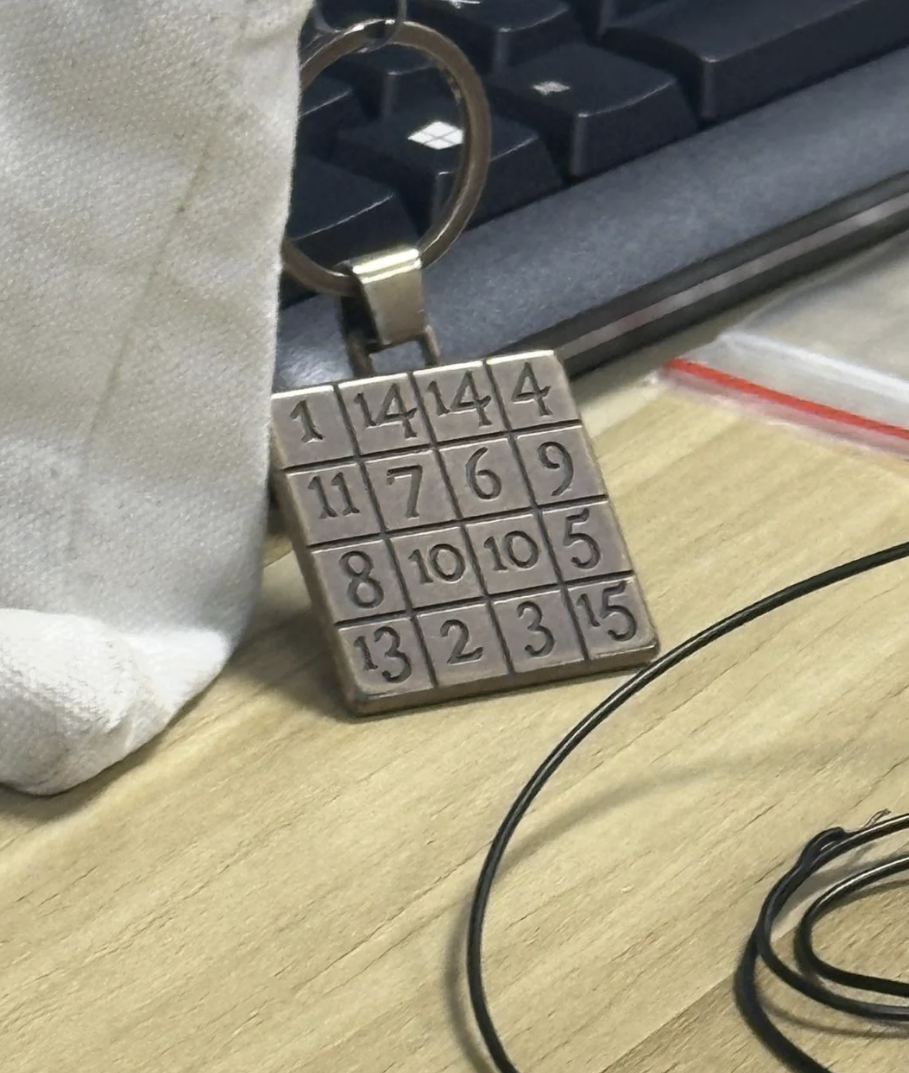Centuries of Mystery Hidden in Plain Sight

Source: The Royal Institution
Some items possess more than weight in your pocket — they also have stories, traditions, and a hint of mystery. One of those items, little different from a numbered metal square, is the magic square keychain. At first glance, it is just a grid of numbers. However, it represents something that has fascinated mathematicians, artists, and mystics alike for hundreds of years.
What Is a Magic Square?
A magic square is a mathematical arrangement in which the sum of each of the rows, columns, and diagonals yields the same sum, called the “magic constant.” The version of the magic square shown on this keychain is a 4 x 4 square. Each of its rows, columns, and diagonals total 33.
Magic squares have existed for thousands of years. They were discovered among the ancient Chinese, Indian, and Islamic cultures. While people often think of them as puzzles, they also treated them with reverence for the balance of numbers. This was due to their attraction to balance and harmony, protection from misfortune or danger, or the ability to channel energy.

A Number with Meaning
The number 33 holds significance in numerology, as a “master number,” and linked with compassion, creativity, and spiritual insight. It is also historically linked with completeness as signified by a higher understanding.
A Link to Art and History
The magic square became widely known during the Renaissance. Most prominently, in Albrecht Dürer’s 1514 engraving Melencolia I, which hosts a magic square in its background. Many modern squares, including this keychain, mimic that layout while replacing Dürer’s magic constant of 34 with 33.
More Than a Keychain
The magic square keychain contains a departure to a time when numbers represented science and artistic symbolism. While worn as part of a set of keys, it is also a reminder of our continued insatiable human fascination. This fascination is with organization and balance as a natural principle in life.
